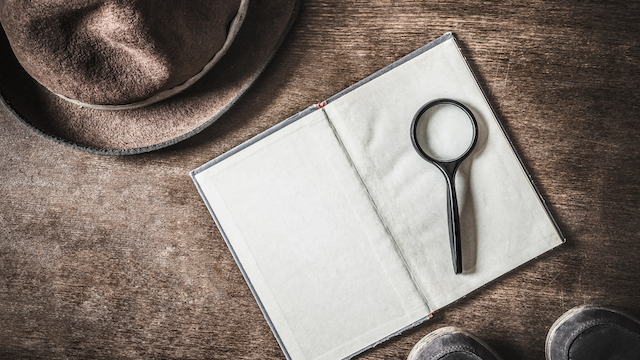Weave Your Setting for Maximum Story Impact
Setting – A Force In Your Story
Beginning writers often overlook the depth that setting adds to a story. Setting embellishes the storyline and characters.
Know Your Setting
SEO for Authors
Difference between evidence, clues, and red herrings
Elements of Setting
Although you may think setting is the place where the story takes place, be sure to include all the elements of setting in your story. You’ll give your readers a sense of where your characters are and how they move through the elements of setting to achieve their goal.
- Location. This relates to the physical environment where your story happens and what many people consider as setting. Country, region, state, town, Shoreline, lakeside, inner city, countryside, forest trail, Neighborhood, street, school, county seat, sheriff’s office. Ancient manor, modern apartment, seaside cottage, suburban home. Kitchen, bedroom, patio, dining room, hallway, kid’s room. Wherever your characters go in your story provides ample detail to include.
- Seasons. Time of year provides details that directly impact characters who march through snow, swelter in the sun, enjoy spring flowers or suffer from allergies, or bask in the slanted light on autumn leaves. Holidays and festivals vary in different seasons as well. Plus, personal anniversaries like birthdays, anniversaries, or death of a friend or loved one.
- Time of Day. Morning, afternoon, dead of night, dawn, dusk. Light or the absence of light intensifies the sense of being in the moment in your story.
- Elapsed Time. Guide your reader through the story with the passage of time. Is it a few minutes after the last scene or months? What happened in the interim? Keep your reader in the time flow.
- Atmosphere. Weather, temperature, and lighting are tangible to your characters influencing how they act in your story. Give readers the details to help them “feel” the story.
- Climate. Where your story is located, the geography, will impact the overall climate. Hot and humid. Hot and dry. Cold with fierce winds. Another enjoyable 72℉ day. Do people stay indoors? Are they out and about? Latitude, altitude, prevailing winds, even ocean currents all influence the setting of your characters.
- Geography. Your story setting may be set far, far away from your reader. Help them understand the ecosystem, flora and fauna, land masses, and the climate in your story’s universe. Humankind influences geography with man-made changes like dams, river diversions, bridges, ports, cities and other constructions.
- Cultural Environment. Social and political influences surround your characters. Culture, politics influence your story with conventions about family roles, community involvement, slavery, These influence your characters’ sensibilities and the way they interact with other characters.
These are main attributes of setting to color your story. Depending on your story other setting details such as population density or ancestral values from another culture can enrich your story even more.
How to Integrate Setting in Your Story
Long, detailed descriptions are not the way to go. They slow down the story. Your goal is to keep readers reading. The more you integrate setting into the story, the less likely your reader will notice and skip.
- Break up description into small nuggets.
- Create character interactions with segments of the setting, throughout the story. From wiping a brow, to shivering, to a long trail hike with details, to changing sidewalks from cracked with weeds to clean and smooth between neighborhoods.
- Keep time passing with positions of the sun and moon.
- Use the setting to create mood that echoes character feelings.
- Frustrate your main character’s goal with hindrance from setting elements.
- Create misunderstanding with cross-cultural differences of approach.
Slips, falls, sneezes, social faux pas in unfamiliar culture or place, terrifying heights, dark caves, tornadoes, storms, rough waves, earthquake, menacing clouds. Your setting will have enough detail to add to every scene.
One caveat, be careful with extra detail that feels unnatural. Your heroine may teeter on the top of a 40-story building. It’s much more likely she will think 40 stories than 404 feet. Unless your have established your character as a compulsive number freak, an exact measurement like 404 feet will sound unnatural.
Zara Altair
Zara Altair writes mysteries set in ancient Italy. Her course for beginning writers Write A Killer Mystery is coming soon. Get on the notification list.
Photo by Joakim Honkasalo on Unsplash





